
SMS Aggregators and operators often have to deal with the SMS billing process as they operate and use SMS Platforms. They know that SMS billing isn’t just about counting messages and multiplying them by a rate; rather, there’s a lot of nitty-gritty happening behind the scenes – but in a good way. They need to understand the intricacies of SMS billing because, with the right approach, they can ensure transparency, prevent fraud, and manage their operations more efficiently. This is the reason why we have created this post. Let’s break down how does SMS billing work, simplifying everything that seems complex.
What are A2P, P2A & P2P Billing Flows?
To understand the concept of SMS billing, we will start with the basics, specifically the billing flow for different types of SMS traffic.
A2P or Application-to-Person
A2P SMS traffic is the traffic wherein the SMS application initiates the message and it is delivered to a person, such as OTPs from banks, promotional messages sent by businesses, or delivery notifications. In this type, the billing is typically one-way and is based on the number of SMS messages sent.
P2A or Person-to-Application
As the name implies, P2A SMS traffic involves a person sending a message to the application, such as a text code, or a user replying to an A2P message. These types of messages are usually sent by users to get information, vote in polls, or opt-in/opt-out of services. For P2A traffic flow, billing depends upon the incoming message handling and sometimes short code rentals.
P2P or Person to Person
This is the traditional texting that happens between two users. For this type of SMS traffic, telecoms follow different regulatory and billing rules due to network usage.
Understanding Billing Points: Submission, Attempt, Delivery
In the SMS billing process, there are three stages where a charge could occur. Let’s understand in detail:
On Submission

This means the charge will be applicable the moment the SMS platform accepts the message or successfully submits the message to the carrier, regardless of whether the message actually gets delivered.
On Attempt
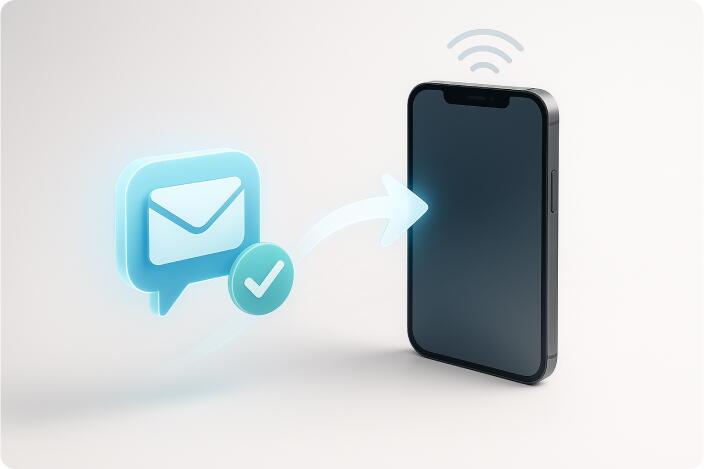
In this case, the billing occurs when the carrier makes an attempt to deliver the message to the recipient’s device, regardless of even if the attempt fails later. This is a step beyond submission and is better in the sense that the message enters the carrier’s network for routing, though there’s still no guarantee about the message reaching the end user.
On-Delivery

This one is the most preferred logic due to its reliability. Here, billing happens only when the message is actually delivered to the end user and a delivery receipt is received by the SMS platform.
Importance of Billing Points
Suppose messages containing OTPs are being sent to customers. Now, if billing is done at the point of submission, then one may end up paying for the messages that may never arrive. However, with the on-delivery option, charging will only be applicable for successful message deliveries. This is certainly cost-effective and ensures the success of the campaign as well.
Modern SMS Platforms like REVE SMS offer various billing logic options. So, in instances where critical messages like transactional alerts are to be sent, the on-delivery billing option would be the best option. However, for less crucial promotional blasts, the on-attempt option could be preferred.
Key Components of SMS Billing
An SMS platform can send even hundreds or thousands of messages per day, how does it keep track of the costs for all of them?
Campaigns
From within an SMS platform, you can create different types of campaigns, each with its own configuration and pricing structure. For example, you create an SMS campaign with the name “Sale Blast” and another one with the name “Transactional Alerts”. Each of these campaigns will potentially use different routes and would thus incur different costs.
Bundles
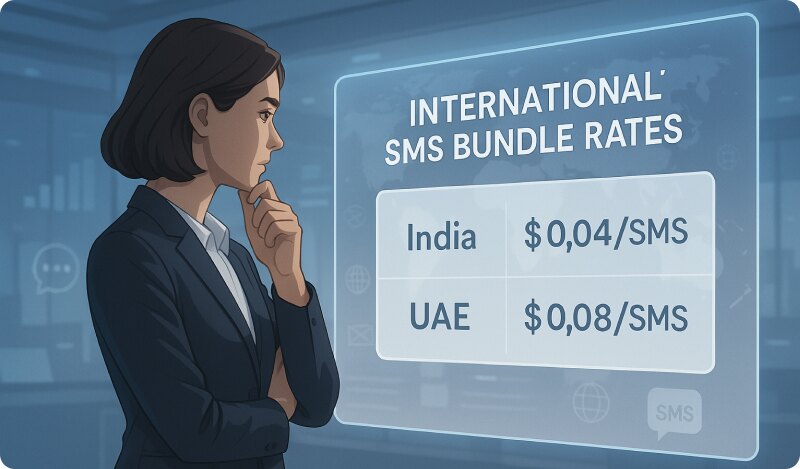
SMS platforms come with another feature that helps in offering better pricing – Bundles. These are SMS packages or plans that help in saving money. So instead of paying per message, which can add up to a huge amount for bulk campiagns, one can purchase a bundle of messages in advance. For example, 10,000 SMS for $100. These bundles bring down the per-SMS rate dramatically.
The benefit? Well, by purchasing SMS bundles in advance, one knows exactly what they are spending. Especially when dealing with high-volume campiagns, bundles offer more affordability.
Rate Sheets
SMS Termination Rates vary significantly based on country, mobile network, and routes. Robust SMS platforms use real-time rate sheets that give a complete breakdown of how much it costs to send messages to each destination. These sheets are usually in CSV or system-uploadable format and are constantly updated to ensure accurate billing.
These rate sheets matter a lot as one can forecast campaign costs by region through rate sheets. Also, resellers and aggregators can control their margins by referring to rate sheets
Real-Time Updates
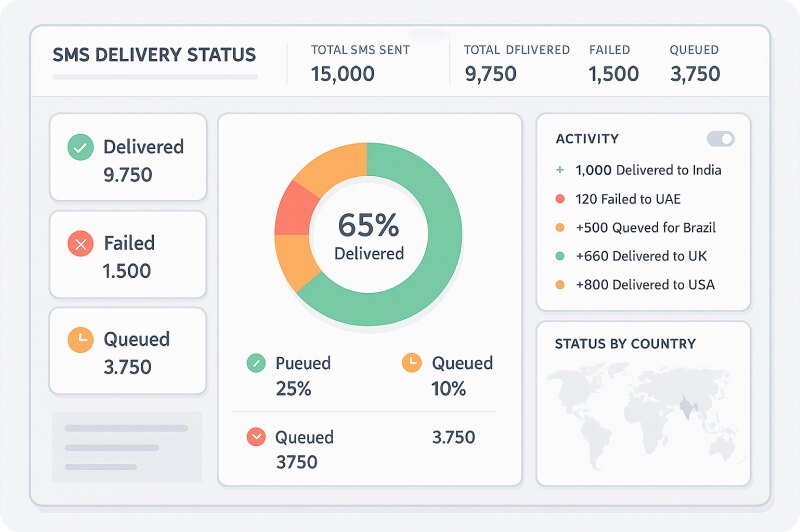
Real-time updates in any active SMS platform are the information that the platform’s dashboard will reflect. Typically, these updates include the total number of messages sent, credits consumed to date, delivery success status, remaining balance, cost per destination, and other relevant details. These updates can be a game changer by helping you to identify issues like low delivery to a specific region and switch routes if required. Through these updates, you can also pause or adjust campaigns while on the go.
Auto Suspension
Another crucial feature of SMS platforms is auto-suspension, which is useful for both the provider/ aggregator and their clients. For example, if a client’s balance hits zero during a campaign blast, a well-designed SMS platform like REVE SMSC will automatically suspend message flow to avoid a negative balance. While this prevents the accumulation of charges further, it saves the platform from bad debt. The clients can stay in control, i.e., there’s no accidental overspending and can top up their account to resume the campaign.
Why Does SMS Billing System Work So Well?
The billing logic in SMS infrastructure might sound a bit complex, but it offers numerous advantages, including:
Transparency with Analytics and Invoicing
Most modern platforms offer detailed analytics dashboards and reports that show exactly how many messages were sent, delivered, or failed. They also show a breakdown of costs by campiagns, destination, or even individual messages. This keeps everything trackable – clients can see where their money is going, and providers can understand their ROI.
Multi-tier Client Control for Resellers/Agents
Resellers and aggregators can benefit from multi-tier client control as they can create sub-accounts for their clients, set different pricing tiers for each, and manage their balances independently. For example, an SMS aggregator onboards 5 different marketing agencies, each with their own credit balance and message usage. The aggregator can easily manage all from a single master account, simplifying the entire billing process to a great extent.
Fraud & Misuse Protection

Reliable SMS Platforms come with powerful security mechanisms implemented to safeguard against fraud and misuse. IP Whitelisting, Usage Alerts, Rate Limits, and 2 2-factor authentication are some mechanisms used to detect and prevent malicious activities. For instance, if an account suddenly starts sending bulk messages to a premium rate number in a high-cost country, the system will flag this activity.
SMS Billing: Real-World Use‑Case Scenarios
Wholesale Aggregators
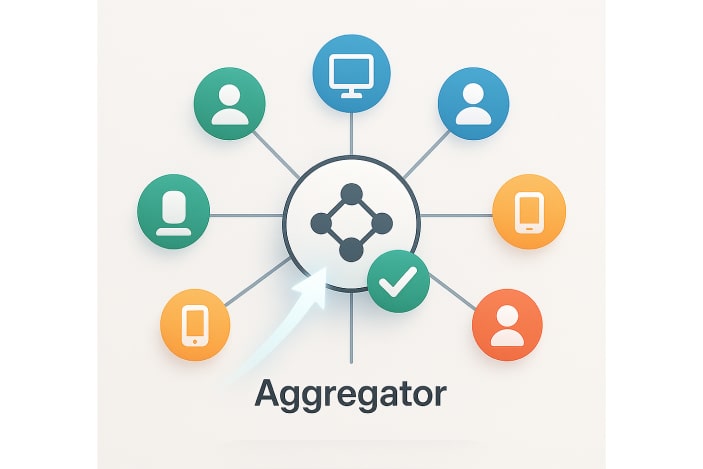
Let’s assume a wholesale aggregator that manages 50 clients. The aggregator uses a multi-tier billing system. He buys message capacity in bulk at a low cost. Their clients, like “Agency 1” and “Agency 2,” each have their own sub-accounts. The aggregator sets different per-message rates for each client based on their volume and desired quality of service. Agency 1 might get a slightly higher rate for their promotional A2P traffic, while Agency 2, sending critical OTPs, might pay more for premium, high-delivery routes. The aggregator’s system automatically tracks each client’s usage, applies their specific rates, and generates individual invoices, ensuring profitability and transparency for all parties.
Retail Brand Sending SMS
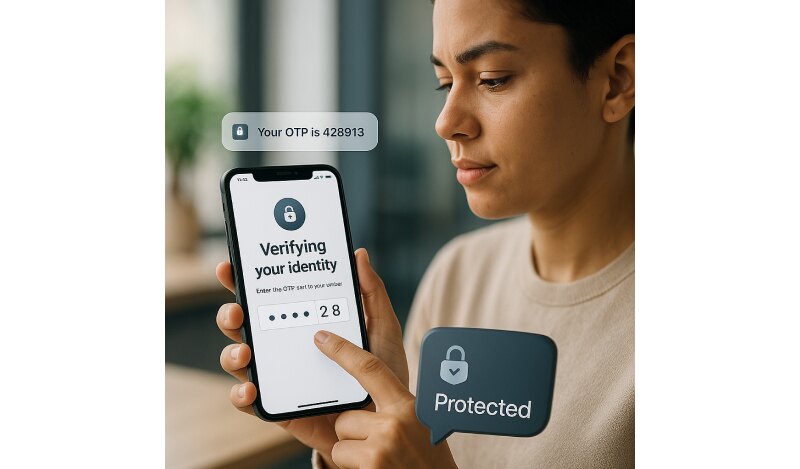
An e-commerce brand sends approximately 2 million One-Time Passwords (OTPs) daily, and they need to ensure that every OTP is delivered. They’ve opted for “on-delivery” billing logic and a pre-purchased, high-volume bundle from their SMS platform provider. Their campaign is set up for critical transactional messages, using premium, high-throughput routes.
The SMS platform provides real-time analytics showing delivery rates, failed attempts, and the remaining balance in their bundle. If their bundle balance drops below a certain threshold, the system automatically triggers an alert, prompting them to top up before their services are suspended, ensuring uninterrupted security for their customers.
A2P Campaigns with Bundles
A small business offering local deals runs weekly A2P campaigns. They have a tiered pricing model based on the number of messages sent per month. They purchase a bundle of 50,000 messages each month. If they exceed this, the system automatically charges them a slightly higher per-message rate for the overflow.

Their platform allows them to create different campaigns for “New Customer Welcome” (using on-delivery billing) and “Flash Sale Alerts” (using on-attempt billing for cost efficiency). They receive detailed reports on campaign performance and spending at the end of each month, helping them optimize their marketing budget.
Pros & Cons of SMS Billing
Like any other tool and technology, SMS Billing platforms have their advantages and potential downsides.
Pros of SMS Billing Platforms
- Flexible Billing Options
Every business has specific preferences when it comes to cost control and message reliability. This is the reason why modern SMS billing platforms enable clients to choose between submission, attempt, or delivery billing, along with various pricing models such as bundles and tiered pricing. These features offer immense flexibility to suit different business needs and budgets.
- Real-Time Analytics and Rich Reporting
In business environments, visibility is the key to efficiency. The analytics and reporting features of SMS platforms provide granular data on message delivery, failures, costs, and campaign performance, which empowers businesses to optimize their SMS strategies and spending.
- Robust Fraud Protection
Fraudulent activities such as message flooding and account misuse can result in financial losses. Reliable SMS Platforms like REVE come with advanced security features that help prevent misuse, unauthorized sending, and financial losses due to fraudulent activity.
- Client-Level Control and Automation
Modern SMS billing platforms like REVE SMSC offer multi-tenant access with independent controls for each client. This means that SMS aggregators and resellers can set credit limits, assign rate sheets, control routes per client, and automate invoicing – all without manual effort, saving them days of work.
- Integrated Online Payment Gateways
Most of the SMS platforms provide seamless online billing and payment options, simplifying the client experience as well as account management.
Cons of SMS Billing Platforms
- Complex Set Up
While SMS platforms are robust and powerful, the initial setup and integration might be overwhelming. It often requires technical expertise to configure pricing rules, connect with payment gateways, and ensure accurate data flow.
- Licensing vs. Hosted May Affect Cost
The choice between a licensed or hosted model depends on your budget, technical capabilities, and desire for control. Purchasing the software license and hosting it on your own infrastructure gives you maximum control but involves higher upfront costs and ongoing maintenance. The Hosted model typically has lower upfront costs and less maintenance, but you have less control over the underlying infrastructure and may pay ongoing subscription fees
Try It Yourself: REVE SMSC Free Demo and Consultation
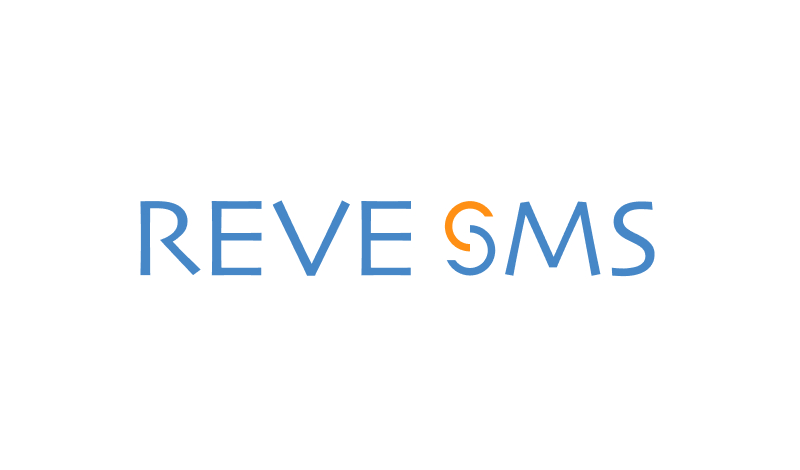
Often, aggregators and service providers are unsure about how can they manage multiple clients, costs, billing models, and campiagns effectively. REVE SMSC provides a free-of-cost live demo and trial, along with personalized consultation to help you get a hands-on experience of everything, from onboarding clients to billing automation. REVE offers operators and aggregators the most unique and useful features:
- Carrier-grade SMS platform
- Smart billing & route control
- Real-time analytics
- Multi-user, multi-tier access

Book your free demo today!
Frequently Asked Questions
What are the different types of SMS billing models?
Most commonly, there are 3 types of SMS billing models:
- Submission-based: The client is charged as soon as a message is submitted to the gateway.
- Attempt-based: Billing is added when the system attempts to deliver the message.
- Delivery-based: The client only pays when the message is successfully delivered to the recipient.
Do clients get alerts when they’re close to their balance limit?
Yes, the majority of the advanced SMS platforms, including REVE SMSC, provide alerts that notify clients when their balance falls below a defined threshold.
How secure is SMS billing data?
SMS billing platforms implement robust security measures such as encryption, IP whitelisting, role-based access control, and 2FA to ensure that the financial information of the clients and billing logs are protected.
Can billing be integrated with CRM or ERP systems?
Yes, most of the enterprise-grade SMS platforms provide APIs for integration with CRM and ERP systems.
Does REVE SMSC offer a free trial or demo for its billing features?
Yes! REVE SMSC offers a free demo and consultation, allowing you to explore the platform’s billing functionalities, reporting tools, and automation features in real time. This allows operators and aggregators to evaluate fit and flexibility without upfront investment.






















